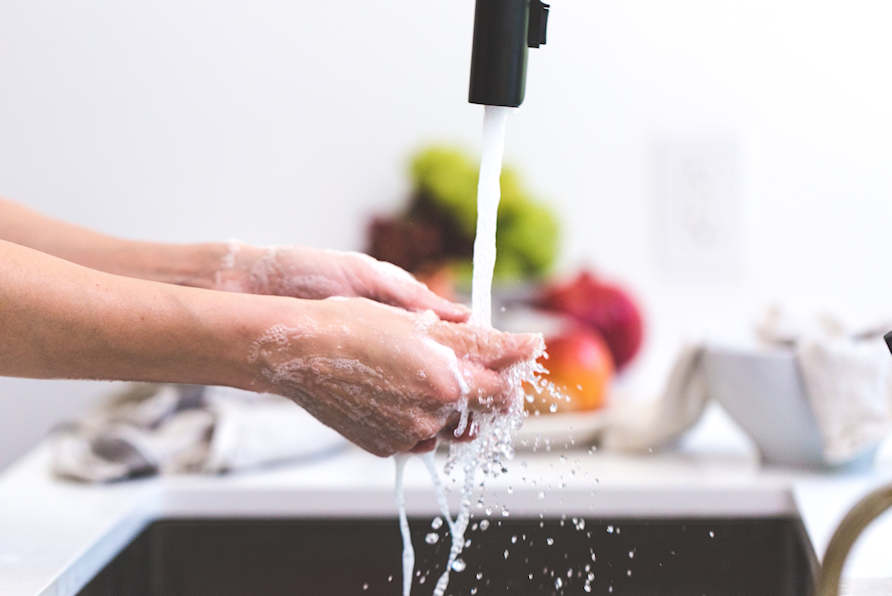You may be well-versed in the language of calories, fats, and proteins, but how fluent are you in the alphabet of food safety? Contrary to what many believe, making healthy choices is only half the battle. The other half? Making sure your food isn’t a ticking time bomb of bacteria and parasites. Shockingly, the Centers for Disease Control and Prevention (CDC) estimates that each year roughly 1 in 6 Americans (or 48 million people) get sick, 128,000 are hospitalized, and 3,000 die of foodborne diseases. The stakes are high, but fear not. This comprehensive guide is designed to turn you into a food safety pro.
Is Temperature the Secret Weapon in Food Safety?
Let’s start with a big hitter: temperature. Think of it as the guardian at the gate, barring the entry of harmful bacteria into your digestive system. When it comes to meat, specifically, a food thermometer is your best ally. For instance, while a steak can be relished rare, ground meats like burgers must be thoroughly cooked.
Expert Insight: Here’s a nugget of wisdom—ground meats are particularly hazardous because bacteria from the meat’s exterior are dispersed throughout during the grinding process.
Did You Know?: The “danger zone” for food temperature is between 40°F and 140°F, as it’s within this range that bacteria multiply rapidly, doubling in as little as 20 minutes!
What’s the Deal with Post-Cooking Food Safety?
Once you’ve successfully navigated the gauntlet of cooking, your mission isn’t over. What happens post-cooking is equally critical. The key principle? Hot foods must remain hot, and cold foods must stay cold.
Pro Tip: To minimize bacterial growth, always put food in the fridge within two hours of cooking. If the weather is hot (above 90°F), that time limit shrinks to just one hour.
Interesting Fact: According to the USDA, your refrigerator should always be at 40°F or lower, and your freezer should be at 0°F or lower to keep food safe for consumption.
The Intricacies of Cross-Contamination: A Hidden Nemesis
Cross-contamination is like a spy thriller; you never really know who the villain is until it’s too late. When bacteria transfer from one food item to another, they can do it so stealthily that you won’t know until you’re doubled over in discomfort.
Safety Alert: Always make sure that you’re using different cutting boards and utensils for different food items, particularly when dealing with raw meats and vegetables.
Wow Factor: A 2019 study found that kitchen towels were the most contaminated items in the average home—yep, even more than bathroom surfaces!
How Critical is Hand Hygiene? Spoiler: Very!
The simple act of washing your hands can often be the difference between a delicious meal and a disastrous one. And we’re not talking about a quick splash under the tap. We mean a thorough scrub with anti-bacterial soap and warm water, especially after touching raw food.
Reality Check: Ignoring hand hygiene is akin to skydiving without a parachute. Sooner or later, you’re going to wish you’d taken that extra step.
Startling Stat: According to the Global Handwashing Partnership, handwashing can reduce the risk of foodborne illness by as much as 31%!

Other Unsung Heroes of Food Safety: Storage and Labels
The way you store your food and the attention you pay to food labels can be game-changing. When stocking your fridge, make sure raw meats are stored at the bottom to prevent their juices from dripping onto other foods.
Quick Fact: Canned goods can last for years, but once they’re opened, the countdown begins. Even canned foods should be consumed within four days once opened and stored in the fridge.
Be a Safety-First Foodie
As the adage goes, prevention is better than cure. The same is true when it comes to what you put on your plate. By mastering temperature, nipping cross-contamination in the bud, prioritizing hand hygiene, and paying heed to storage and labels, you’re doing more than just eating healthily—you’re eating safely. Food safety doesn’t just save you from the agony of foodborne illnesses; it might just save your life.
So the next time you’re whipping up your favorite dish or trying out a new exotic recipe, remember that you’re not just a chef—you’re also the safety inspector of your own kitchen. Happy and safe cooking!


